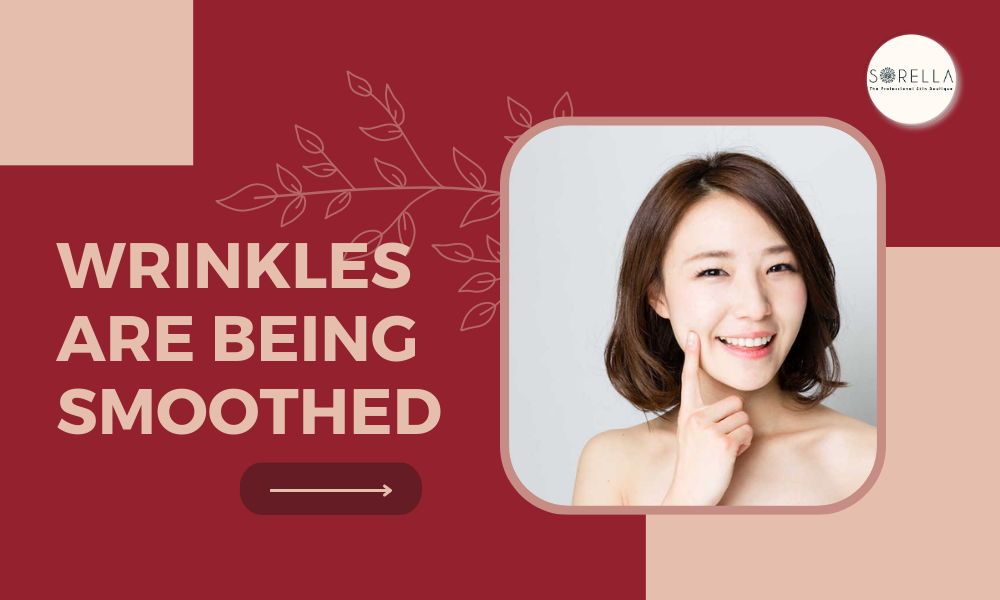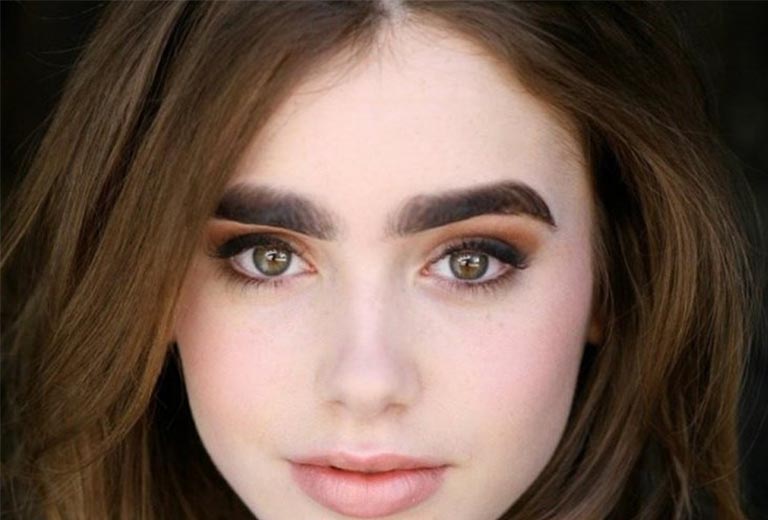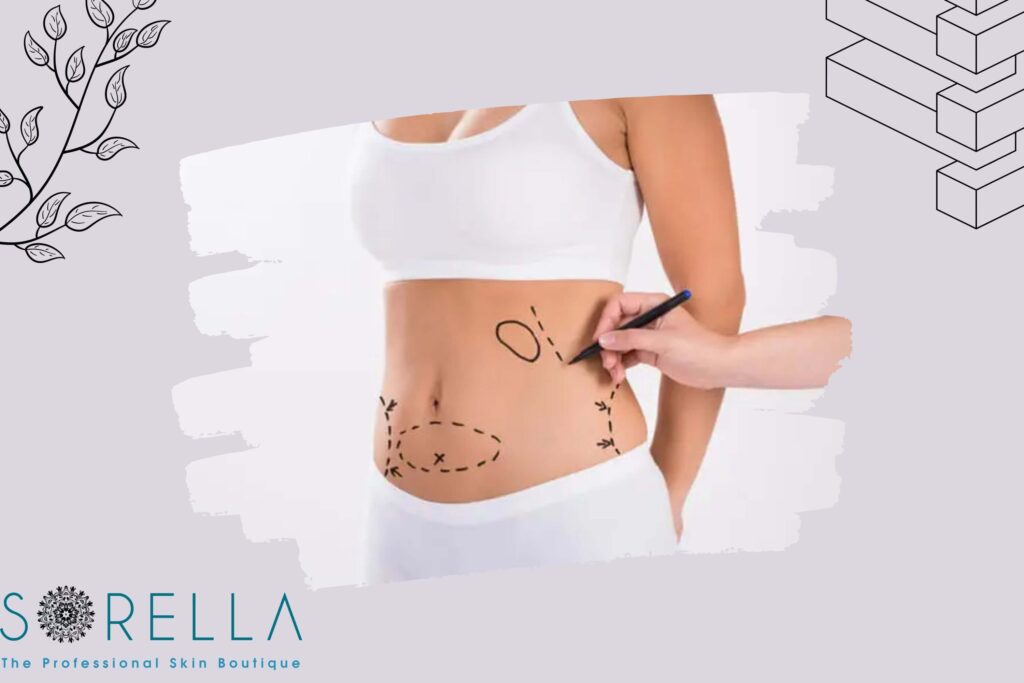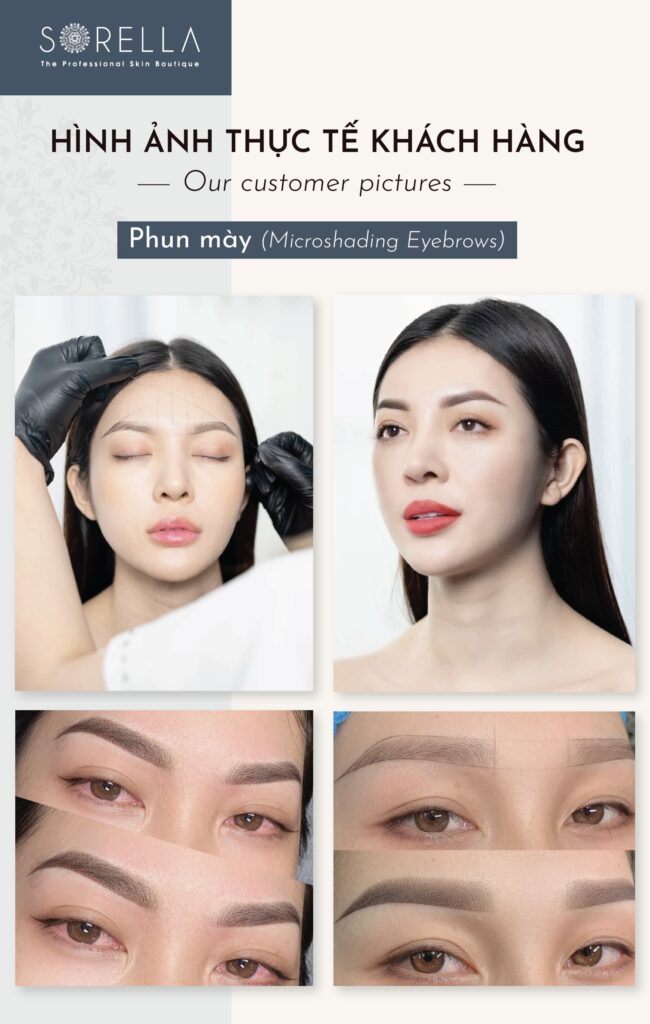Tin tức và sự kiện
Lip Fillers: What to be expected about beauty trends predicted
Lip fillers are one of the most often used dermal fillers. They make your lips look fuller. Applicants should be in excellent physical and mental condition, and their expectations should be reasonable.
What are lip fillers?
Lip fillers are injections that plump up the lips. They are a form of filler for the skin.
Lip fillers are made of synthetic hyaluronic acid (HA), which is a naturally occurring material in your body. Lip fillers come in a variety of brands, including Juvederm®, Restylane®, and Perlane®.
Lip fillers are injections that plump up the lips
Who gets lip fillers?
Having lip fillers is a personal choice. Following your body’s wants and desires may be empowering.
You should do the following to be considered for lip fillers:
- Be in decent physical condition.
- Have reasonable expectations.
- You must not have an active oral infection, such as canker sores or cold sores.
Many people who have lip fillers desire to make their lips bigger. You may desire to increase the size of your lips for a variety of reasons, including:
Bringing back a prior lip size
Your lips may get smaller or thinner as you get older, your philtrum (the groove between your upper lip and septum) may become longer and flatter, and the distance between the corners of your mouth (inter-commissural distance) may rise.
Lip contour correction
Lips of varying sizes and shapes are frequent (asymmetrical).
Wrinkles are being smoothed
As you grin or laugh, wrinkles on the sides of your lips might form.

Increasing self-assurance
Lip fillers might make you feel better about yourself and your physique.
What is the purpose of lip fillers?
Lip fillers repair or increase the volume of your lips. They do not slow down the aging process, but they may assist in postponing the need for more invasive surgical lip augmentation, such as lip implants or a lip lift. They may also assist you in achieving a desired appearance, which enhances your self-esteem.
Over time, you may lose volume in your lips, which may be a result of:
- Genetics.
- Smoking.
- Sun damage.
What is the prevalence of lip filler procedures?
Lip filler treatments are quite prevalent. Almost 2.1 million lip filler operations were performed in 2018 by healthcare practitioners.
How long are lip fillers effective?
Lip fillers generally last between 12 and 18 months. Yet, it is dependent on your age and how quickly your body converts calories into energy (metabolism). Because younger individuals burn calories faster, lip fillers do not stay as long.

What occurs before a lip filler procedure?
The FDA has not approved the use of lip fillers in anybody under the age of 21 in the United States. As a result, to receive FDA-approved lip fillers, you must be at least 21 years old.
You will consult with your healthcare physician before your lip filler operation. Several aspects will be considered, including your mental health and any social issues. Your doctor may ask you the following questions:
Why do you want lip fillers?
What are your expectations?
Do you think a lot about imagined or very small defects in your body?
Is a spouse, partner, or friend encouraging you to get lip fillers?
Your physical health and face shape are other crucial considerations. Your overall health, including any prior health issues or risk factors, will be assessed by your healthcare professional. Discuss any allergies you may have with your healthcare practitioner as well. Also, let them know if you’re using any prescription or over-the-counter (OTC) drugs, including herbal supplements.
Your face will be examined and measured by your healthcare provider. They will also photograph your lips and face for your medical record.
While deciding on the size of your lips, think about how you’ll seem. Consider getting a new haircut. You might display an image to your hairdresser to give them an idea of how you want your hair to appear. However, your hairstylist may inform you that your hair will not appear like the image due to differences in texture, hairline, volume, or length.
You could desire your lips to appear like those of a superstar, but it may not be possible because your face shape and characteristics are unique. Inquire with your healthcare practitioner if bringing in a photo is beneficial. But, if your healthcare professional does not wish to refer to an image, be prepared to explain your desired lips in detail.
What occurs during lip filler treatment?
Your healthcare professional will administer a topical anesthetic to your lips throughout the lip filler operation. The topical anesthetic will numb your lips, ensuring the procedure is as painless as possible. Numbing creams frequently contain benzocaine, lidocaine, and tetracaine (BLT). Your lips should be numb after 15 to 30 minutes.
If you have a BLT allergy, your doctor may use a nerve block injection to numb your lips. Your lips should be numb for around 15 to 30 minutes following the injection.
Your healthcare practitioner will next inject lip filler into any or all of your lips, including the edges (vermillion border), the curvature in the middle of your upper lip (Cupid’s bow), and your oral commissures, using a small needle (corners of your mouth).
There will be no discomfort, but you may get a pinching feeling and your eyes may moisten. On average, your healthcare professional will inject 1 milliliter (mL), or approximately one-fifth of a teaspoon, of lip filler into your lips. The needle will not penetrate your skin any deeper than 2.5 millimeters (mm).
To reduce swelling and bruising, your healthcare professional may apply an ice pack to your lips throughout the treatment.
The entire process might take as little as 30 minutes or as many as two hours.
What occurs after a lip augmentation procedure?
Following the treatment, your healthcare practitioner may gently massage your lips to allow the filler to absorb. They may also continue to chill your lips.
Your healthcare professional will keep an eye on you for up to 15 minutes to make sure you don’t have any adverse effects like dizziness, nausea, or significant bleeding. They will let you go home after they have determined that you no longer require supervision (discharge you).
Because a local anesthetic will not leave you weary or drowsy, you will be able to drive yourself home. You should, however, have a family member or friend drive you home just in case.

Swollen, sensitive, and bruised lips are possible. Swelling normally subsides within 24 to 48 hours, although it might last up to a week.
Your doctor will also arrange a follow-up visit around two weeks following the treatment to check on the progress of your lips. They may take another image for your medical record so you can examine how your lips appeared before and after the operation.
The following methods will aid in the healing of your lips:
- Apply an ice pack for up to 10 minutes to reduce inflammation, pain, and swelling.
- Avoid wearing lipstick, lip balm, or any other product on your lips for at least 24 hours.
- Refrain from touching or puckering your lips, including kissing and sipping from a straw.
- Be careful brushing your teeth.
- Drink plenty of water.
- Avoid exercising for at least 24 hours.
What are the benefits of lip fillers?
Lip fillers have several advantages, including:

- These are safe, as is the lip filler surgery – there is no chance of problems or adverse effects.
- They can help you feel better about yourself.
- These may be worn both ways. If you are unhappy with the way you appear, your doctor can inject an enzyme (hyaluronidase) to dissolve the lip filler.
What are the dangers associated with lip fillers?
- Lip fillers come with a few dangers, including bleeding and soreness at injection sites.
- Reactivation of a cold sore.
- There may be discoloration or soreness.
- Infection.
- Tissue death (vascular compromise) can occur when lip filler is placed into or near an artery.
- Your lips might have various sizes (asymmetry).
- The lip filler may bleed into other areas of your face, usually toward the nose (migration).
Q&A
Are lip fillers harmful to your health?
Lip fillers are a medical procedure. When administered by a competent healthcare expert, such as a plastic surgeon, dermatologist, or cosmetic surgeon, lip fillers are quite safe.
Lip fillers should not be obtained from a beauty salon or spa.
Would lip fillers permanently damage your lips?
You risk damaging your lips if you do not acquire lip fillers from a skilled healthcare practitioner. Your lips might permanently expand, the tissue around your lips could die, the lip filler could harden, or the injection sites could get contaminated.
Do lip fillers cause harm?
You may feel a slight discomfort at the injection locations. The discomfort should subside in 12 to 24 hours.
Are lip fillers long-lasting?
Lip fillers are not long-lasting. They gradually fade away over time, generally 12 to 18 months depending on your metabolism. You may require touch-up treatments regularly to maintain your desired volume.
Is it safe to have lip fillers when pregnant?
There haven’t been any studies to see if getting lip fillers during pregnancy is safe. As a result, the FDA does not permit the use of lip fillers during pregnancy.
How long does it take to recover?
Your soreness should subside in 12 to 24 hours. Your swelling should subside within 24 to 48 hours, but it might take up to a week.
If you want your lips filled before a significant event, such as a wedding, schedule the operation at least two weeks in advance to ensure you’ve fully healed.
When am I allowed to eat or drink after getting my lips filled?
To avoid accidentally biting your lips and disturbing the filler, wait until the topical anesthetic or nerve block injection has gone off before eating. You should also avoid eating any messy foods that may cause you to wipe your face or lips for at least 24 hours.
Avoid using drinking straws or smoking for at least 24 hours, as well. Puckering or contracting your lips may disturb the lip filler, too. You should also avoid drinking alcohol for at least 24 hours, as alcohol thins your blood, which can make bruising on your lips worse.
Here are the articles that Sorella shares about beauty knowledge you can refer to:
Acne: 13 Home Treatments for Pimples to Help You Get Rid of Acne
Acne: diagnosis and 4 methods of treatment
Top 10 Spas in Vietnam to Refresh Your Soul
Experts predict 6 skincare trends to watch for in 2023


 中文 (中国)
中文 (中国) 한국어
한국어 English
English







